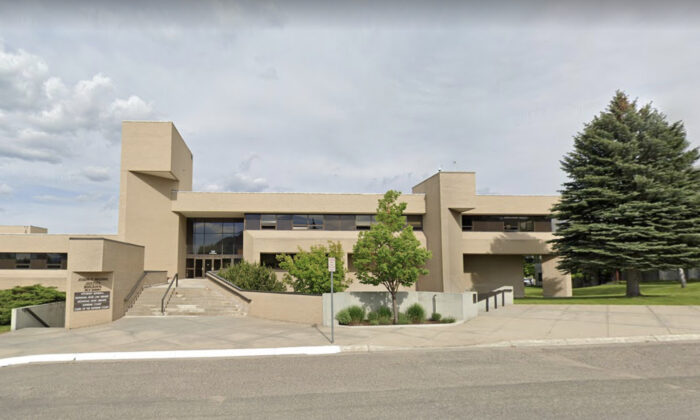
#MNDANAO Ambisyon Natin 2040 is the long-term vision for our economy. Launched in 2015, it is a vision that endeavors to define a kind of life that the majority of Filipinos should be living by the year 2040. As I quote from its website under the National Economic Development Authority (NEDA), Ambisyon Natin 2040 “represents the collective long-term vision and aspirations of the Filipino people for themselves and for the country in the next 25 years.
It describes the kind of life that people want to live, and how the country will be by 2040. As such, it is an anchor for development planning across at least four administrations.” In the same website, the vision resulted from a series of consultations and surveys and seeks a Philippines where Filipinos live a “strongly rooted, stable and secure life” by 2040.

I believe it is a vision that seeks consistency and stability in the quality of life of our citizens and their loved ones. These are simple, yet noble aspirations. We must endeavor to attain the vision.
With this, it is clear that Ambisyon Natin 2040 also serves to guide the formulation of policies, legislation, and development plans for 25 years after its inception. I, therefore, believe that this should also be the banner under which we in the regions can formulate all our proposed policies and plans for our local economies and measure their effectiveness and attainment of these plans over time. Almost a decade since the vision was articulated, we have faced and will continue to face many challenges that threaten to undermine our efforts to fulfill the vision.
As we face these uncertainties, it is fruitful to refresh ourselves by reflecting on our long-term visions. These enable us to calibrate our responses to current situations, and maybe even capitalize on opportunities to move our economies forward. Towards this, having annual consultative activities to assess our country or region’s socio-economic programs would be a good exercise to determine how well we are on the path to the Ambisyon Natin 2040 vision.
This helps inform our future regional development plans and mobilizes participation in ensuring that these programs meant to fulfill the vision are consistently carried out over time. I recall participating in the first Sulong Pilipinas consultative conference in 2016. This was a one-of-a-kind activity that brought together various sectors and stakeholders to help craft the socio-economic agenda of the Philippine government by setting and selecting key priority areas.
Successive years would see the consultative assemblies done annually. The potential benefit of such consultative activities includes encouraging us to focus on certain themes and sectors serving to provide avenues for benchmarking current performance versus past achievements. These events also can mobilize participation in helping carry out these plans and programs.
Overall, these consultative activities ensure the right partnerships that help keep our eyes on the ball, which is to attain the 2040 Ambisyon natin vision for the country. Signatures on the national ID Some good news for our citizens is the possibility that the Philippine Statistics Authority plans to introduce a signature space in our national IDs. (https://mb.
com.ph/2024/9/11/psa-plans-to-include-signature-field-in-national-id-cards). This will improve the acceptance and use of national IDs when making important transactions.
I have often written about the national ID especially how it can help many among us who live in far-flung areas since they are a proper means of identification when accessing vital government services and making bank or financial transactions. This helps promote financial inclusion and access to public services..














